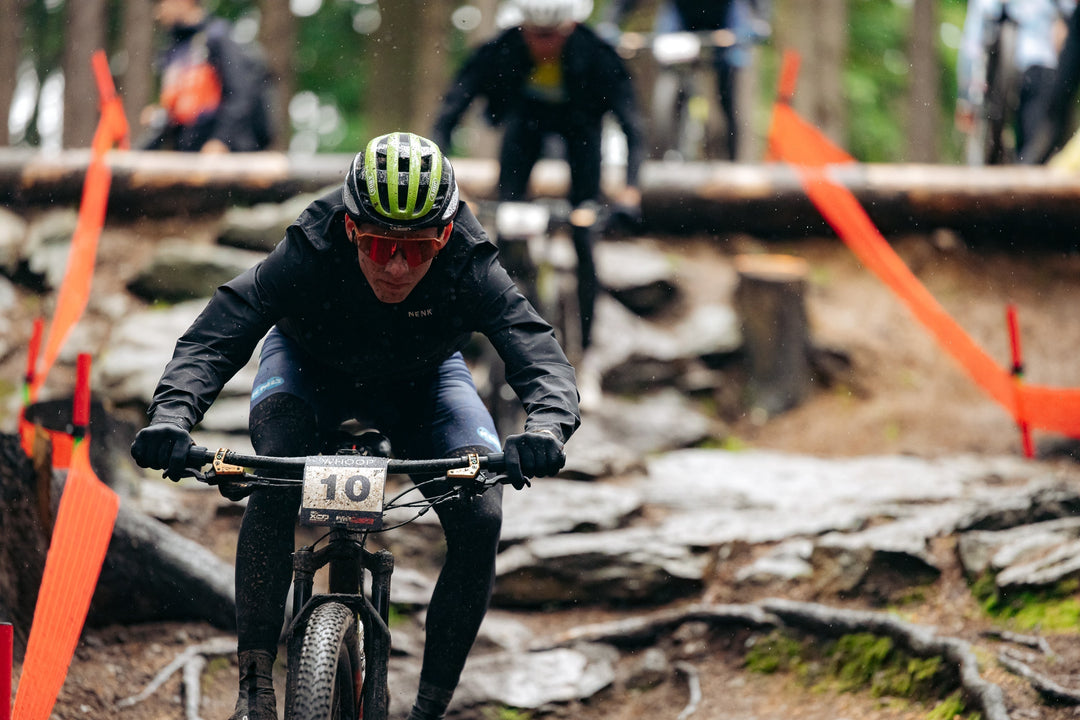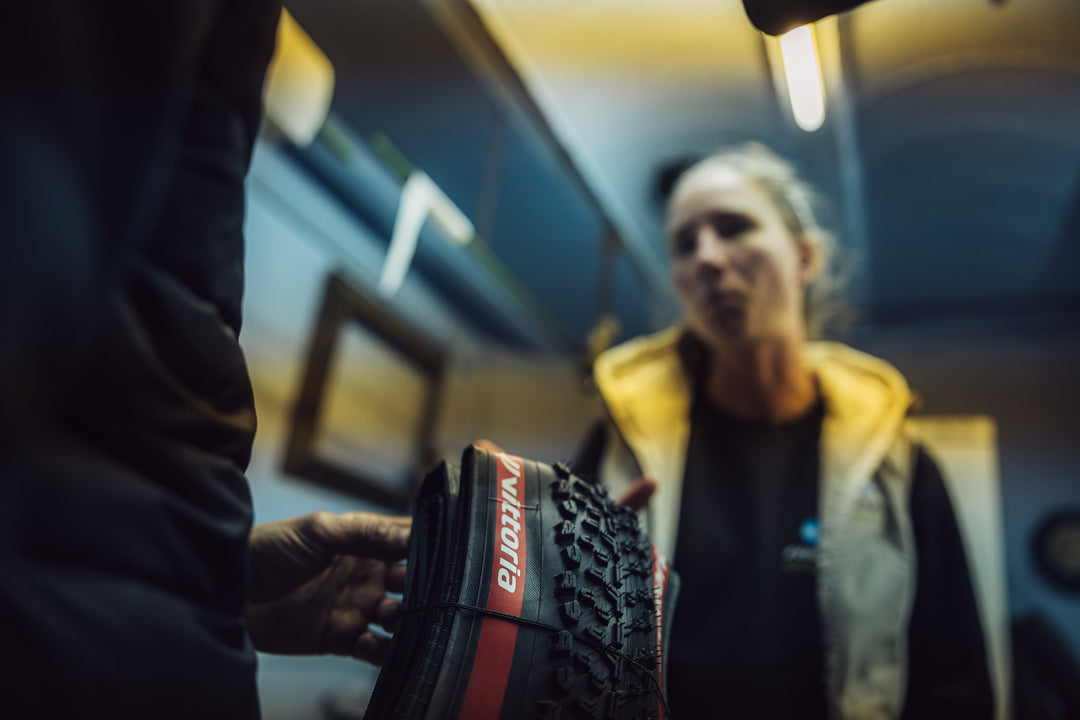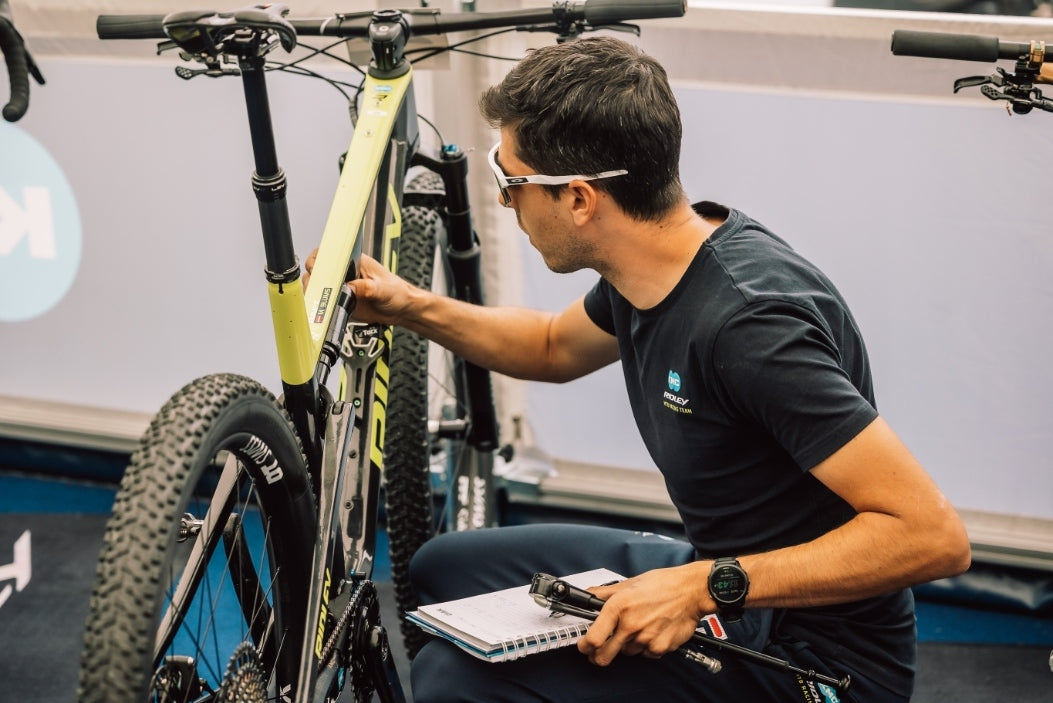How to Unleash the Full Potential of Your Competitive Bike!

Today, when we can freely say that comprehensive technology is at its peak, that same technology has not bypassed cycling.
In the past
If we go back just a few years, we will see completely different bikes than they are today. From larger wheels - from 26" to 29", hydraulic brakes, electric transmissions, sophisticated suspensions that have drastically changed compared to the past decade, there are power meters used for "smart" training, various gadgets... We could list for a long time, times have changed, technology is here and we cannot avoid it if we want to raise the bar to a higher level and if we want to compete and make that small difference compared to others, whether it is a recreational or professional cyclist.
-Let's go back a few years. Let's look at the race results and we will see that the time differences between competitors were much greater than they are today. Of course, today's approach to training has contributed a lot, but nowadays those time differences are minimized, so often 15-20 competitors finish the race within one minute.

How to make difference?
This is where the little things that make the difference come into play. Whether we are talking about the way of training, nutrition, lifestyle, or the bike and its preparedness. Since we are engaged in servicing and tuning, it is logical that we will focus on bike tuning.
Today there is everything on the market. There are many different products and manufacturers that guarantee better performance, which may or may not be true. Marketing is a miracle these days!
-MSM encounters high-end parts every day, and even participates in the design, shaping, testing and ultimately the production of them, so we can say that technology is constantly moving forward. Which is good, but sometimes it is worth stopping and thinking - what do I actually need to make a difference compared to others? Sometimes it's not a big and expensive upgrade like an electronic derailleur. And it doesn't even have to be in a competitive sense, it can be for personal experience and satisfaction, each of us wants to have the best possible equipment and product to make our ride as comfortable as possible and to get the maximum out of that equipment or bike. We have often written about regular service intervals, and it is logical that something that is expensive and light requires more frequent service, that is, it requires more attention, and by that we mean:
- keeping the transmission clean before each ride
- keeping the suspension clean before each ride
- avoiding aggressive agents that affect the deterioration and corrosion of components
- properly adjusted bike and equipment, and so on.

Some useful tests
We did another simple but practical test. We used a ceramic BB from manufacturer xy, the test range was 5000 kilometers in all conditions. One bike was washed exclusively with water (mini-wash), without any agents and shampoos, while the other bike was washed with various agents that we find on the market today.
Results
The result was expected for us: the BB treated with water worked flawlessly and without the need for service or replacement, the other BB treated with water and various agents fell apart after 1000km. (The test emphasized the durability of lubricants and materials, so the BB was not opened during the test)!
Clients often come to us with requests to tune their wheels, for example, to make them faster, ok.
MSMechanic has a wide range of tuning methods - from various combinations of greases and oils that we use, to specially adapted bearings, and so on. But we like to say it again every time - tuned wheels alone will not make a huge difference.
Why? Wheels are just one item on the bike. For a tuned bike, it is necessary to process all moving components such as wheels, derailleur pulleys, drive bearings, pedals, gear shifting system and the entire drive system... When this is done and improved together, then that difference is visible and noticeable. Almost every time we do such tuning, clients and professional riders we work with come to us with words that the speed of the bike is noticeable, it is not a placebo effect like when we buy fancy pulleys or a cage, those pulleys and cage will come to the fore in combination with other improved components. We are not interested in 1-2 watts and the like, we are interested in noticeable speed measured by the difference in time.
More testing
We did tests and here we will give one example of a competitive mountain bike for world cup races. With standard bearings and greases compared to tuning where all bearings were upgraded and where we used special lubricants, on a 10-minute track we are talking about improvements of 5-10 seconds. On 6 laps, or 1 hour of racing, that's one minute! That's reality. (same bike, same track, same rider, same watts uphill, same day and weather conditions to minimize differences).
What most of us is thinking
Preparing a bike for a race, such as regular washing and lubrication, does not in itself bring advantages, it contributes, of course, to the correct operation of the equipment and the durability of the components, which is of course very important. We worked on large stage races where many amateur riders participated, for some, just participating and finishing is very important, and of course a freshly prepared bike before each stage plays a big role in minimizing and detecting possible technical problems in time. Many amateur competitors use this service, but if you go for results, that service as such is not enough in itself, in such cases one mechanic works on 20 or more bikes, and only the basics can be done - wash, check for possible damage, clean and spray well with shiner.
-A little more is needed, and that is a personal mechanic who will disassemble, clean and lubricate the components after each stage.
Let's go back to the topic of tuning and improving the bike. We can afford to write about this topic because we actively cooperate with the most famous world manufacturers in optimizing and upgrading and with riders. It is a public secret, (which we would like to boast about but for marketing reasons we cannot) that we prepared certain components for Olympic and world medal winners, so we have a basis for speaking, in this case writing, about tuning and proper investment in services and equipment.

When making decisions and considering how to impact speed and improve equipment, think about the above, it is necessary to do everything collectively, it is necessary to go through a questionnaire with your mechanic, if it is an amateur competitor, about what kind of lubrication you actually need, what kind of modification you need because if we are realistic, the faster the components, the more frequent service is needed. The mechanic is the one who should guide you on how to properly maintain the components, and he should be the one to decide with you what is the best option when it comes to tuning!
*Photos taken from Brentjens Mountain Bike Racing Team and Piotr Staron





Leave a comment